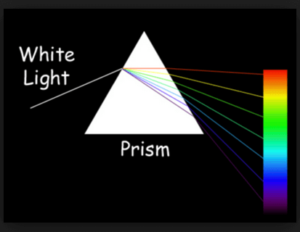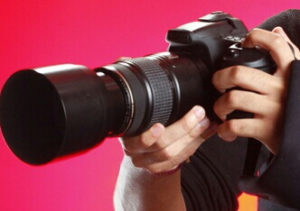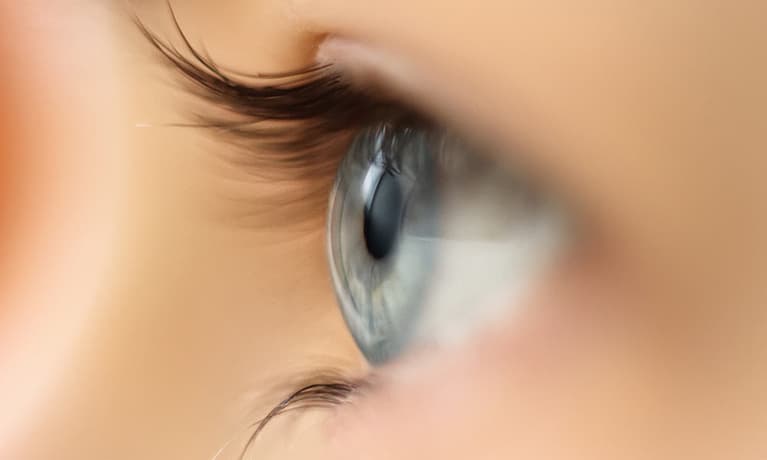Bending light? How is this possible, since light doesn’t seem like something tangible that we can grab and hold? Sounds odd, but bending light is very possible with the use of prisms. So, what are prisms and how do they bend light? There are many different types of prism used for many various tasks, some of the most common are dispersive & reflective prisms.
 Dispersive prisms can bend light in such a fashion as to break it up into the different spectral colors, the colors of the rainbow, as in the picture here.
Dispersive prisms can bend light in such a fashion as to break it up into the different spectral colors, the colors of the rainbow, as in the picture here.
Reflective prisms reflect light in order to flip, invert, rotate, or displace a beam of light. This type of prism is commonly used in binoculars and cameras, without which the image would appear upside down for the user.
Optometrists, such as our own Dr. Michelle Pedersen, will use prism in glasses to assist in correcting certain visual problems such as diplopia (double vision), which can occur when the two eyes are slightly misaligned.
 “A prism is thicker on one end than the other, and bends light toward the thicker end. Because the prism shifts the apparent location of the object being viewed, the eyes are able to remain in a relaxed, though misaligned, position without producing double vision. It can be very effective in reducing symptoms,” explains Dr. Pedersen.
“A prism is thicker on one end than the other, and bends light toward the thicker end. Because the prism shifts the apparent location of the object being viewed, the eyes are able to remain in a relaxed, though misaligned, position without producing double vision. It can be very effective in reducing symptoms,” explains Dr. Pedersen.
Everyone knows that you can find a pot of gold at the end of a rainbow, but who knows what you’ll find at the beginning of that rainbow.
Written by Bart W., Technician with Milwaukee Eye Care










